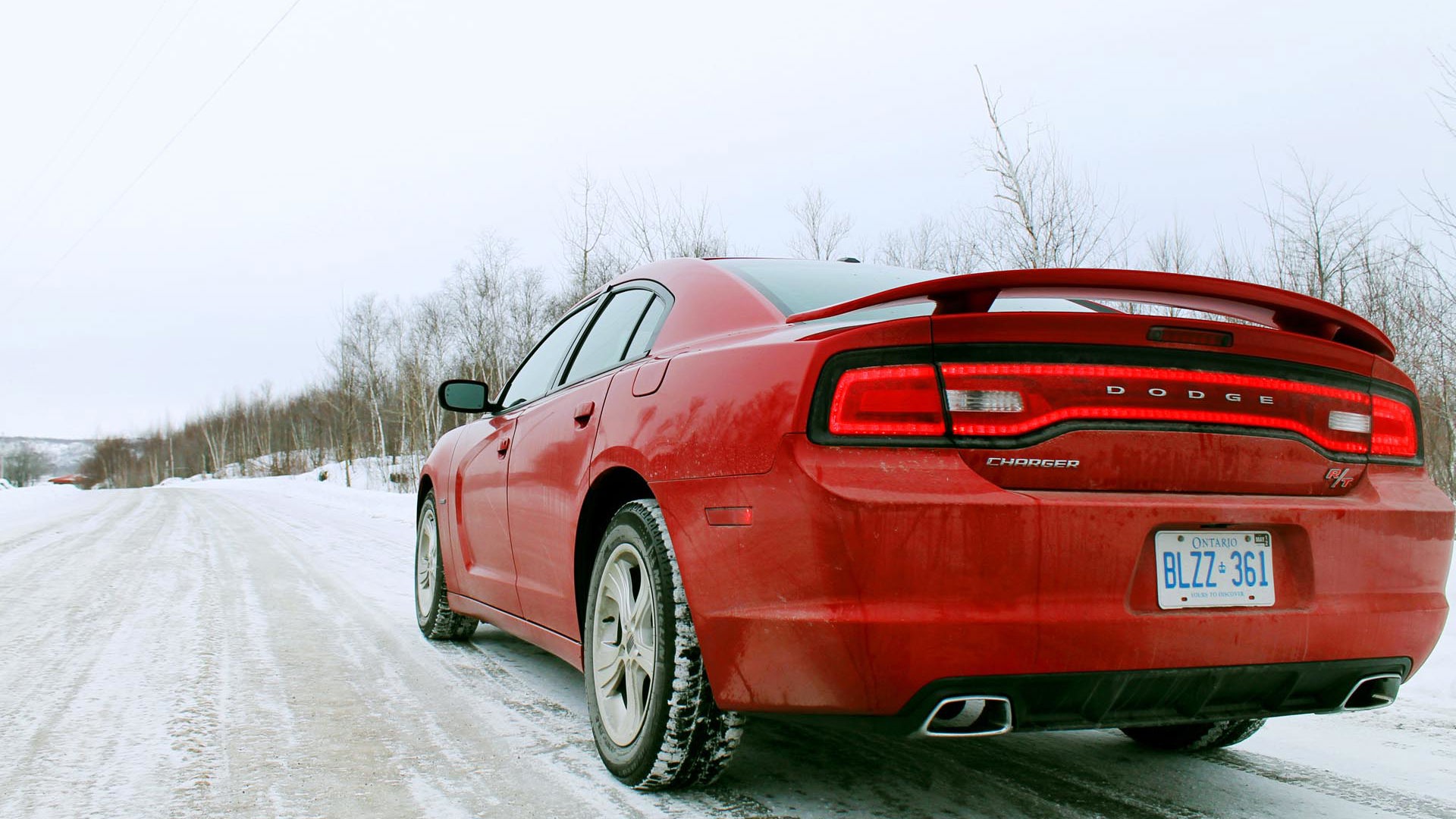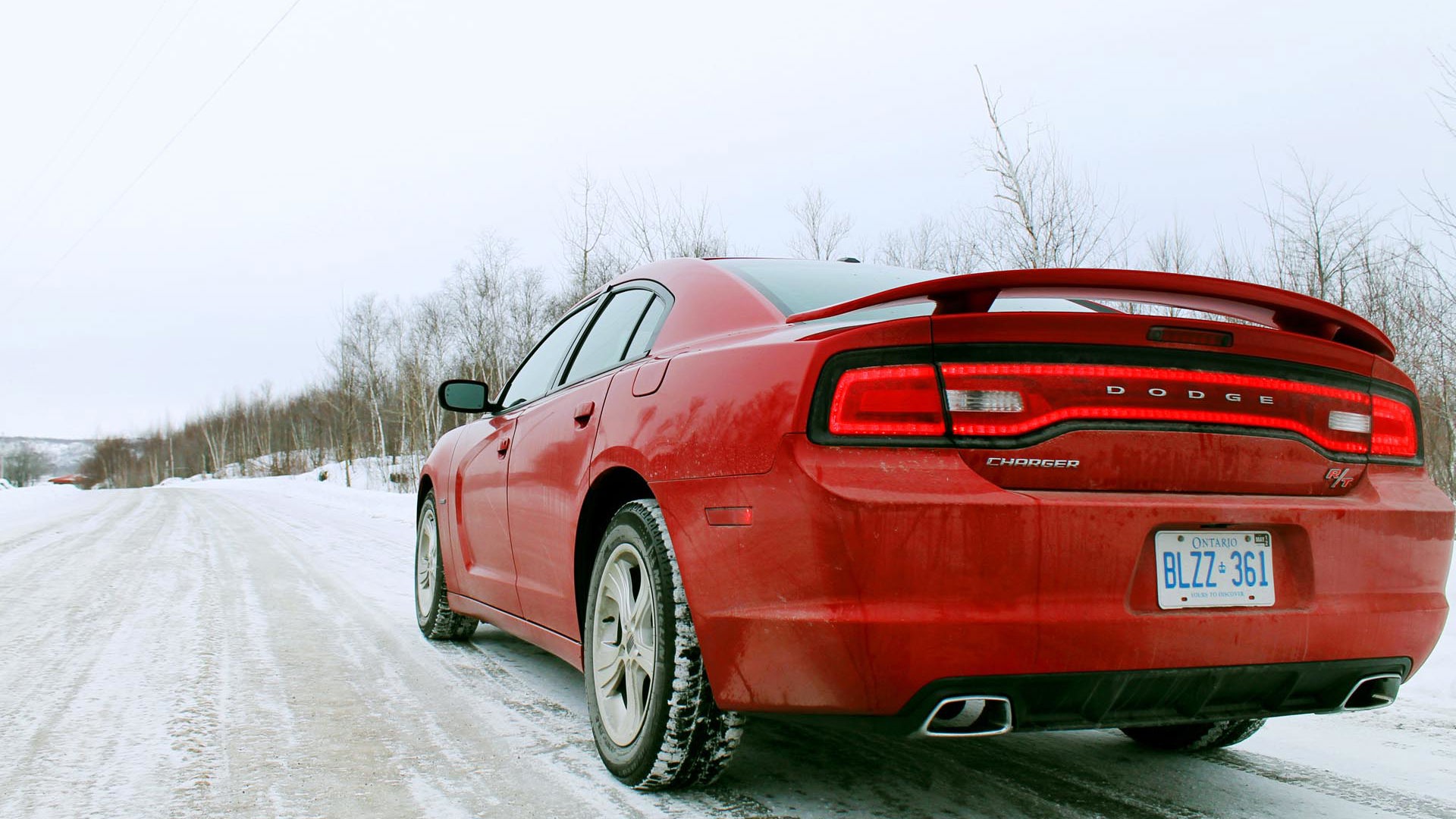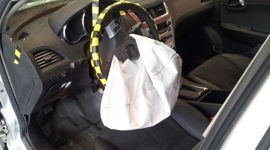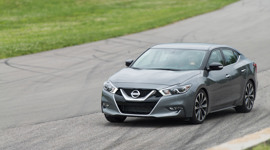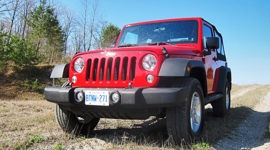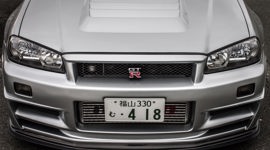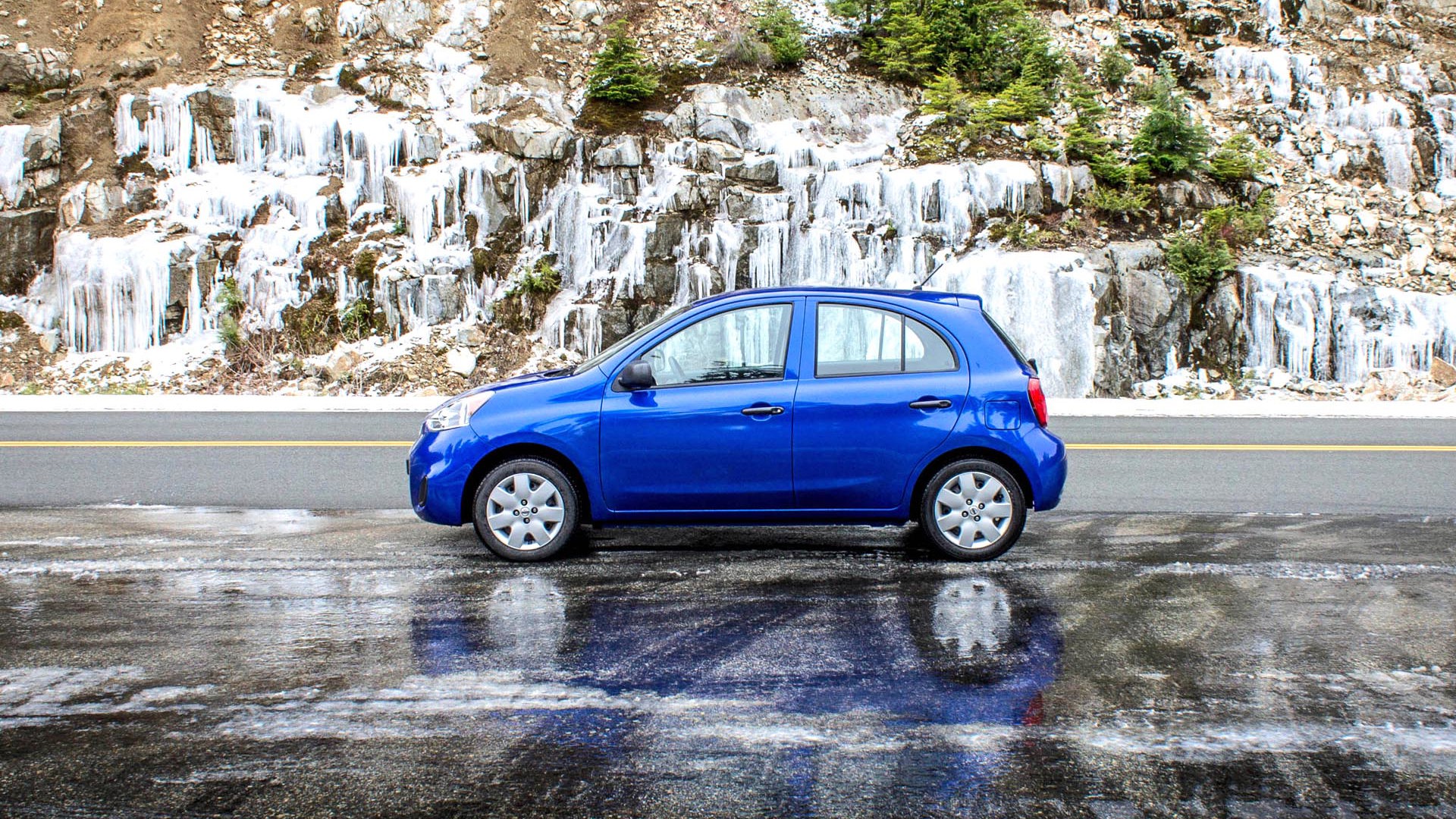
I was about 19, changing the front brakes on my new-to-me 93 Nissan 240sx in the driveway one September Sunday while dad was BBQing some supper nearby. I was nearly done, but after spinning the new rotor by hand and wondering about the higher-than-expected resistance, I figured I’d ask dad to come over and take a look.
“It’s going to resist you spinning it a little” he said, turning the front rotor.
“Plus, you’re spinning the driveshaft and transmission and all that”.
“No, this is rear-wheel drive, dad” I said.
I thought dad knew. I expected a happy dad-smirk on account of how I’d recently bought a badass rear-drive car, not a front-drive grocery-getter. The 240sx is still the best car I’ve ever owned. Tough as nails, never broke a thing, and started reliably at 30 below with no plugging in. I miss her.
But I didn’t get a happy dad-smirk. I got the dad-look, instead. The dad-stare. The eyes and nod and crinkled forehead that had said “Chris Pritchard is not impressed” since I was a kid.
“How are you planning to get around in winter?!” he asked, one eyebrow up. Oh, that forehead. It was really, really crinkled.
Shortly after I was born, Dad and Mom lived in northern Manitoba and drove a nineteen-seventy-some-odd Dodge Aspen R/T. With skinny bias-ply tires and rear-wheel drive and 107 percent of its weight on the front axle. We’re all still alive.
I asked dad how he and mom did it, answering his question with a question. He insisted that it wasn’t safe then, and it isn’t safe now.
Dad didn’t believe that, of course. I think it was some sort of parental instinct thing kicking in, combined with dad realizing that in some way, front wheel drive was safer, more stable, more consistent and a better thing for his offspring to be driving around in a Northern Ontario’s winter.
The argument went on for some time.
“Well, just get some goddamn winter tires on this stupid thing. You’ve never driven a rear-wheel drive in the snow”. Dad didn’t’ like the 240sx. Especially without winter tires. But I was in university. I often returned beer empties for fuel money. I had no money for winter tires, so I didn’t get any.
Driving all winter (and in six winters after that) in a light, rear-wheel drive Nissan sports car with no traction aids, no winter tires and nothing but hopes and dreams keeping you on the road revealed plenty - including that today, I’d rather a rear-drive vehicle in the snow than a front-drive, if I had to pick only one or the other.
And though today many shoppers think driving a rear-drive in the snow means they’ll skid and crash and burn and cause a multi-car pile-up the first time they pull out of a stop-sign there are those in the know who know that rear-drive can be beautiful in the snow, or even preferable, depending on your tastes.
Here are a few tips and notes and thoughts on driving a rear-drive in the snow, formed over numerous winters in my 240sx, and even more winters in today’s most advanced rear-drive new car models.
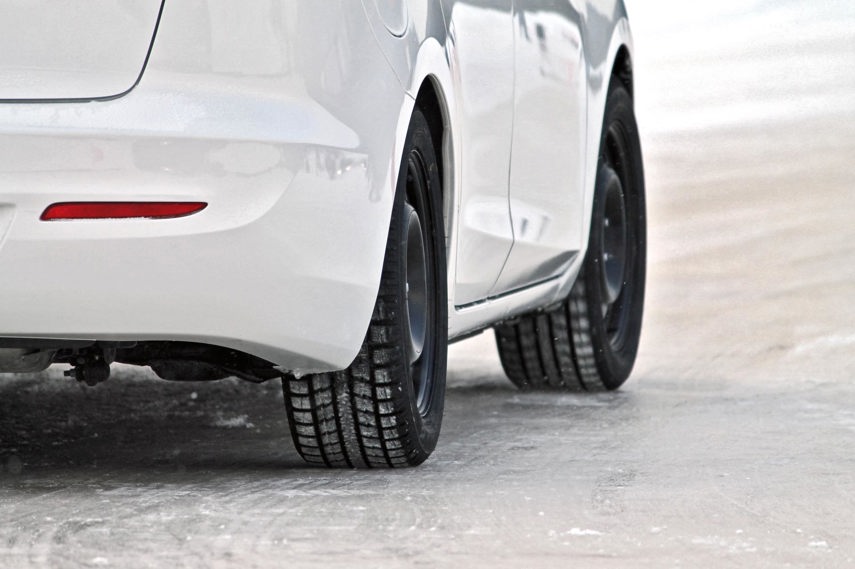
Winter Tires: Read this not once, not twice, but thrice: the most important feature in the entirety of the universe of winter driving is winter tires. You can have locking differentials and traction assist and stability control programmed by Jack Frost himself – but there’s only one way to increase the physical grip between your car and the road used by all of these other systems—and that’s with four good-quality winter tires. That’s once.
Get the Limited Slip Differential: The 240sx had one of these. It was a bit tired an dold and worn out from doing slammers and drifts in local parking lots on Sunday evenings, but remained helpful nonetheless.
The Limited Slip Differential, or LSD, isn’t just something the drift kids spout on about, or something they put in 600-horsepower supercars to make sure both rear wheels always light up for photo ops. With an LSD on board, whether by the action of clutches, gearsets, or a viscous fluid thickening as a wheel spins, the effect is the same: both rear wheels participate in propulsion.
Engine power likes to escape the easy way: so when it can, it’ll just spin the hell out of one wheel that’s parked on ice, while the other one with traction stays stationary and everyone at the four-way stop laughs at you and points and makes fun of your unlimited-slip differential. With an LSD, though, a tiny amount of wheel-spin causes the rear axle to lock up and move as a fixed unit, and off you go. It’s pretty much a must-have for winter.
Hill Start Assist Works Really, Really Well: You’ll often stop on a hill in your rear-wheel drive car or truck. A slippery hill that’s slippery and covered in slippery things and will make it hard to get moving from a stop, because you’ve got a) limited traction on account of the slipperiness and b) effective extra weight to push with that limited traction since you’re pointing up a hill.
Enter Hill Start Assist: a simple but genius system that freezes the pressure in your brake lines when you remove your foot from the brakes on a hill, preventing you from rolling backwards, and making it easier and more likely you’ll get moving ahead without wheelspin, rather than spinning your wheels and sliding backwards. This system makes a big-time difference if you’re stopped on an incline, and is commonly shipped on many new vehicles.
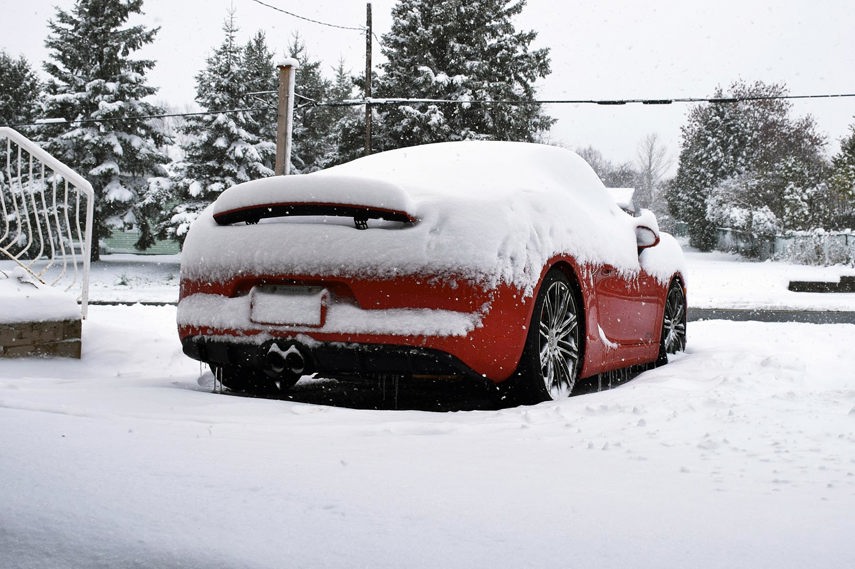
Use Your Momentum: Using your momentum can be tremendously helpful in any vehicle in the winter, including your rear-drive car or truck. When feasible, timing things like traffic lights so that you don’t actually have to stop on a hill or some icy intersection at all can be a key success factor. Slow down, a lot, for a red light on a hill, for instance, but reserve a little speed and momentum so you’re already moving a little when it turns green again. This way, you don’t have to overcome the vehicle’s entire weight to once again achieve the miracle of forward movement. Maintaining your momentum helps reduce brake wear and saves fuel, which saves money, and basically makes you a genius.
Winter Tires: Read this not once, not twice, but thrice: the most important feature in the entirety of the universe of winter driving is winter tires. You can have locking differentials and traction assist and stability control programmed by Jack Frost himself – but there’s only one way to increase the physical grip between your car and the road used by all of these other systems – and that’s with four good-quality winter tires. That’s twice.
Work That Throttle: You need to play with your car in winter to see how it’ll respond, so you know what do when a slide occurs. All cars are different, and respond differently to different things. As a rule of thumb, if the rear-drive car slides a little while you’re driving sensibly, at a low to moderate speed, fight the temptation to jump off of the throttle and smash the brakes. That’s called the Panic Reaction, and it can cause you to have a great big whoopsie.
The Panic Reaction means you’re shifting weight away from the already-light rear end, which will likely make the skid worse, and could cause an accident. Instead, focus on keeping the throttle where it is and compensating with the steering instead. Keeping the throttle steady will typically make the vehicle stay stable and more predictable, since the rear and will tend to stay where it is.
Keep Some Sand: Sand. It can be used to create crappy castles, as a place for lizards to chill out in an aquarium, and as a nearly sure-fire way to get your Charger, MX-5 or 3-Series or F-150 out of a slippery situation. Keep some in your trunk in wintertime, in case you get stuck in that snow-plow hump you figured you could drive through until you tried to drive through it. Sand is cheap, reliable, safe, legal and delightfully gritty—making it a great traction aid. Clear the snow from between the car’s body and the ground if it’s hung-up, and then get to tossing some sand under, around, in front of and behind the rear wheels for added grip.
ESC is Better than Ever: New car Electronic Stability Control (ESC) systems are fast-acting and diligent. Usually, there’s no worrying about how softly to apply the throttle on snow and ice -- as even a slight amount of wheelspin numbs the throttle and reduces power output to a level where the tires spin just a bit more than they’re able to put the power down. This means less polishing of the surface beneath into ice. Most systems these days also alter their sensitivity based on your current speed. Many allow generous slippage to get moving through deeper snow at low speeds – though during cruising, even slight losses of traction are detected and neutralized instantly. Often times, the ESC indicator illuminates in the cluster before drivers even realize they’ve lost traction.
Winter Tires: Read this not once, not twice, but thrice: the most important feature in the entirety of the universe of winter driving is winter tires. You can have locking differentials and traction assist and stability control programmed by Jack Frost himself – but there’s only one way to increase the physical grip between your car and the road used by all of these other systems—and that’s with four good-quality winter tires. That’s thrice.
